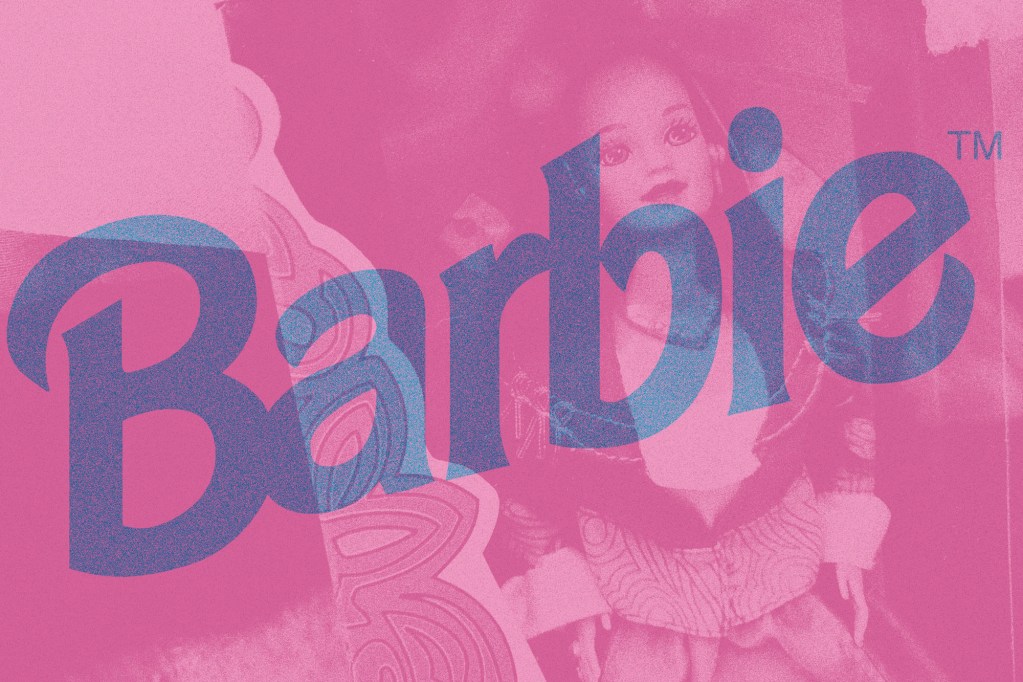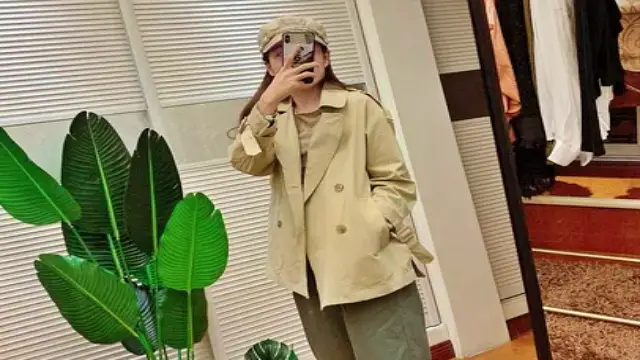If your social media feeds are anything like mine, they’ve been filled with “my Barbie collection” posts ever since Margot Robbie started doing press events dressed in designer versions of the doll’s most iconic outfits. Weeks before Greta Gerwig’s film was actually released, my friends were posting about Barbies they’d had in their own collections, whether they still had the actual dolls or could only share stock images. This exercise in collective nostalgia led me back to one extra special Barbie memory from when I was 11 years old.
It was Christmas Eve 1993. My family and I had gathered at my paternal grandmother’s house for our annual feast of fish (not seven, but plenty). Once the calamari, smelts and shrimp were cleared away, it was time for the part every kid looks forward to at the holidays: presents!
There were 17 of us grandchildren – 14 granddaughters, with birth dates ranging from the early 1970s to the early 1990s. As you’d imagine, Christmas shopping was quite an undertaking. Typically, my grandmother would buy one type of present for the younger girls and another for the older ones. But Christmas 1993 was different: One by one, we were each handed a rectangular box, all the same size and weight. And all around the room, we each unwrapped Italian Barbie. Fourteen of them!
Now 95, my grandmother, Antonetta Conforto Kovacic, can’t recall exactly where she purchased all those dolls. That’s not surprising, because she had to visit multiple stores to get her hands on 14 Italian Barbies – as collector’s items, these dolls tended to be sold in fancier department stores rather than toy stores or the local Hills or Kmart. What she does clearly remember is having purchased one for each of her 14 granddaughters, including her newest one, then an 8-month-old infant.
It may seem odd to give 14 girls of such varying ages the same gift. But looking back 30 years, it’s clear to me that my grandmother’s gift-giving that Christmas embodies so much of the complexity of the immigrant experience in America, which she personified but could never express as perfectly in words as she did through those wrapped boxes.
In 1979, Mattel began releasing international Barbie dolls, the first cohort of which included Italian Barbie, Parisian Barbie and Royal Barbie (England). As the series went on, they were dubbed “Dolls of the World” and the featured countries greatly expanded. These were intended as collector’s items and were not marketed as part of the “play line” commonly found in toy stores and advertised on television.
The first Italian Barbie was dressed in clothing that was clearly more about American ideas of ethnicity than about actual ethnic garb. 1979 Italian Barbie wore a green, white and red colorblock skirt with a blue fringed apron, a frilly peasant blouse and a floppy sun hat. Looking at pictures of that original doll, I get clear Sophia Loren vibes, but the clothing is more kitsch than an homage to Italians.
Luckily, in 1993, Mattel released a second version of the doll, this time sporting actual folk costume. And it wasn’t just any folk costume; it was specifically the Neapolitan costume. I think this detail especially is what made my grandmother so keen to buy an Italian Barbie for each of her granddaughters.
My grandmother, a war bride at age 17, immigrated to the United States in 1946 from Naples. She had been dreaming of “l’America” for years by that point, and given the destruction caused by the Allied bombings of her hometown during World War II, it’s not difficult to understand why she might have dreamed of an escape.
The author’s grandmother, Antonetta Conforto Kovacic, immigrated from Naples, Italy as a war bride in 1946, settling in McKeesport. (Photo by Melanie Linn Gutowski)
She says she had dolls growing up – “babydolls,” as she has always called every doll as long as I can remember, no matter what age group the doll in question is meant to represent. Though none of them made the journey with her to the States, where she settled in McKeesport.
This story is a part of Selves, a newsletter about gender and identity by PublicSource.
Sign up today.
When Barbie was first created in 1959, my grandmother was in the thick of raising six children, only one of whom was a girl. My aunt was the main recipient of the dolls until, in her later years and with grandchildren now, my grandmother started collecting Barbies for herself. Of course, as an adult, she didn’t intend to play with them. What had started as a clandestine collection of Holiday Barbies hidden from her third husband under the bed gradually migrated to a special case in her living room.
For many women, my grandmother included, Barbie represents something very American. A Barbie doll, with her pale skin, blue eyes and blonde hair, is the exact inverse of women like my grandmother – immigrant women with dark skin, hair and eyes, who were trying to assimilate as best they could into American culture. In my mind, finally seeing herself and her own specific Neapolitan culture reflected in a doll she’d been purchasing for decades is what made it so important to her that all her granddaughters have one. While not all 14 of us have outwardly Italian features, we are all part of the Italian heritage that my grandmother has always been so proud to share with us, especially through food.
If there was a “representation matters” conversation happening in 1993, I was obviously not aware of it at 11 years old. But I do know that seeing a Barbie who looked like me – with brown hair and brown eyes and olive skin and wearing the gold hoop earrings I favored – made me glad. My sisters and I opened and played with our Italian Barbies, dressing them in clothing we’d stripped from their blonde counterparts. The earrings were inevitably lost and parts of the traditional costume were scattered among various toy bins. But my Italian Barbie was well-loved – so well-loved that I felt the need to hunt down a pristine one on eBay once the “Barbie” movie nostalgia machine began.
Now, as a mother myself, I can appreciate the time, effort and care that went into my grandmother’s gift-giving 30 years ago. To us as kids, they were just pretty dolls we got to unwrap. But with the benefit of hindsight, I know that particular Barbie was so much more.
Melanie Linn Gutowski is a writer and historian. If you would like to send a message to Melanie, email [email protected].
The post How 14 Italian Barbies expressed, in plastic, what my immigrant grandmother could never put into words appeared first on PublicSource. PublicSource is a nonprofit news organization serving the Pittsburgh region. Visit www.publicsource.org to read more.





















